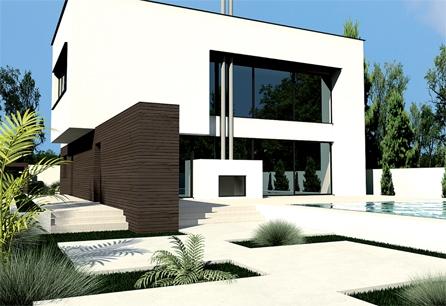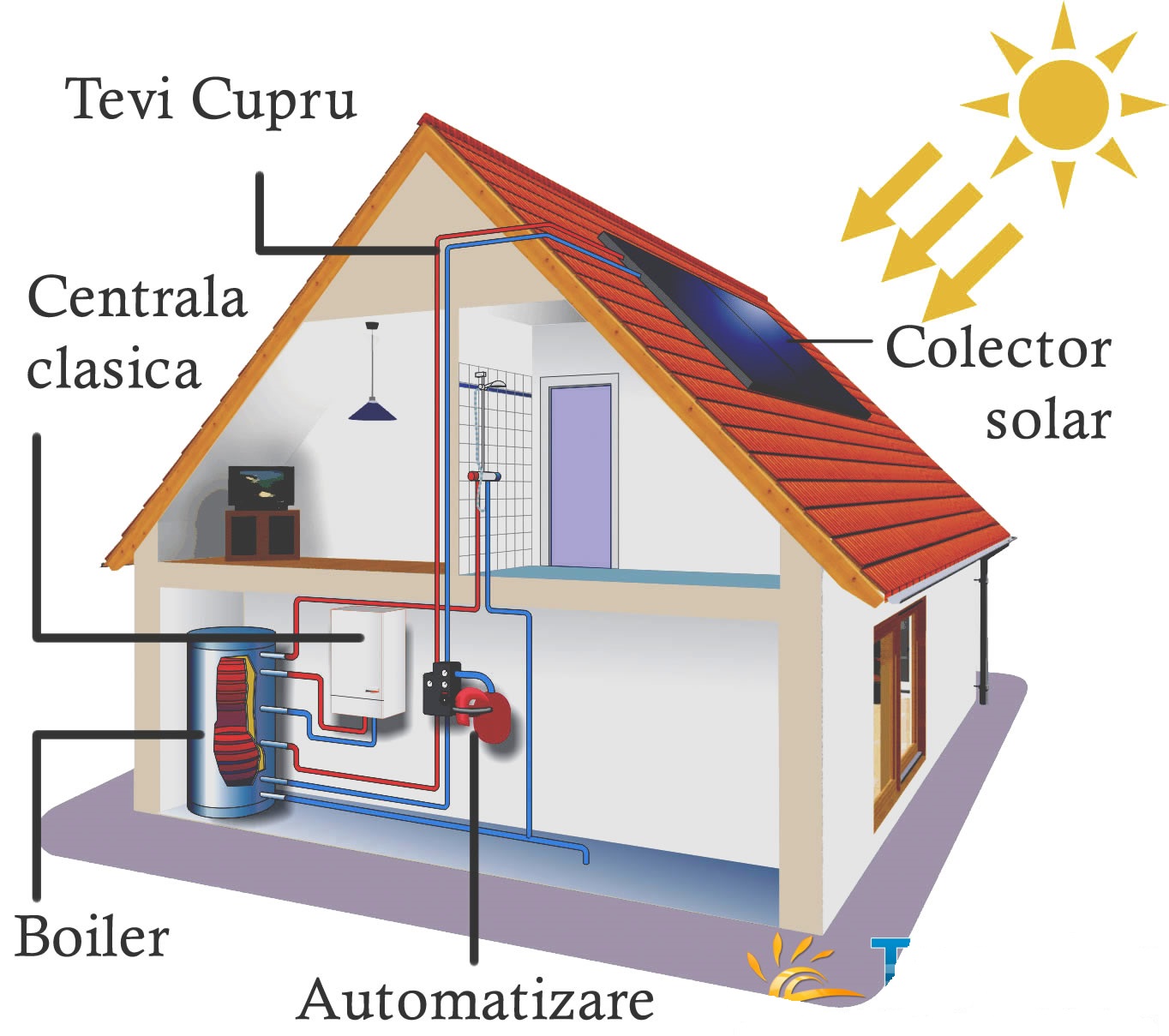If you are building a website, you should pay attention to how the website organization is structured. When people go to a website for information, they expect to find information quickly and efficiently. It is a disservice to web users if they have to struggle with the site navigation in order to find what they need. This article will give you some tips on how develop a well-organized, well-structured website.
Before you even start coding your website, you should have a good idea of what the framework will look like. Get out your notebook and a pencil. Write down the categories of information that you want to include. Below these categories, jot down ideas for sub-categories.
After you have some ideas jotted down, organize them logically until you end up with a sitemap that will serve your needs. This is the framework that you will follow when you create your website, page by page.
In your sitemap, make sure you include the standard pages of information that web users typically expect to find in a website. A page with contact information is important. A clear sitemap is another page that you should include. Depending on the nature of your business, you can consider including a page for FAQs, customer service, resources, etc.
[adsenseyu1]
The Visual Composer plugin is a very useful plugin which can be used for a perfect customization of the appearance of your site built on WordPress CMS. The Vera – Universal Bundle of Visual Composer addons bought to you by LambertGoup is the best package of complementary addons for this marvellous software .
Browse through other websites that are in your line of business and see what kind of pages they include. Go to your favorite websites and learn from them. Notice what they are doing right, and model after that.
Next, you should make a sketch of your website’s layout. Envision how your content will be divided up on a page. Consider what will be included in your header, navigation menu, the main content area, and the footer. Decide how many columns you plan to use. Make several sketches of different layouts. Then choose the most appropriate one.
Use the information that you have gathered to start making a prototype of your website. Start coding the layout out of a page. Experiment with different colors for the background and fonts. Use dummy text to fill the main content area to give you a good idea of how your text will look on the page.
[adsenseyu1]
Experiment with different ways to format the navigation menu. This process will probably take you longest as you code, test, and tweak your template to perfection.
Do not get discouraged if you feel you are spending a lot of time on the layout. This is a very important part of your website because it will give your web visitors the look and feel that will give them a good browsing experience. Take your time. After a while, take a break from it. When you come back to it, you will see it with a fresh eye.
When your template is finished, test it on various browsers to make sure that it displays properly across the board. After this, you are ready to fill your pages with real content.
Do not rush through this process. If you approach this process step-by-step, you will end up with a well-structured website that your visitors will love.








